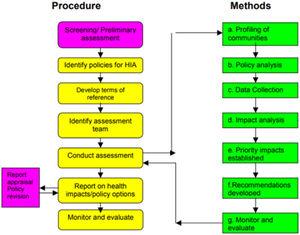Objective
To determine the prevalence and associated factors of female genital mutilation (FGM) among daughters of women aged 15–49 in Somalia using data from the 2020 Somaliland Demographic and Health Survey (SDHS).
Design
A cross-sectional study utilizing data from the 2020 SDHS.
Setting
Data was collected across Somalia, including urban, rural, and nomadic areas.
Main measurements
FGM prevalence was presented as percentages. Logistic regression analysis was used to identify associated factors, presented as odds ratios with 95% confidence intervals.
Results
The prevalence of FGM among daughters was 24%. Factors significantly associated with FGM included age, region, residence, education, and wealth index. Younger daughters were more likely to be circumcised (p=0.000, 95% CI: 0.066–0.274). Rural residence increased the likelihood of FGM (OR=1.436, CI=1.257–1.64). Primary education increased the odds of FGM (OR=1.334, CI=1.127–1.58). Mothers who believed FGM should continue were more likely to have circumcised daughters (OR=1.464, CI=1.305–1.642).
Conclusions
FGM prevalence among daughters in Somalia is influenced by age, region, rural residency, and education. The findings highlight the need for targeted educational and intervention programs, particularly in rural areas, to effectively reduce FGM practices.



